In the Funeral Oration of Pericles, Greek historian Thucydides wrote about participation in Athenian democracy: “We alone regard a man who takes no interest in public affairs, not as a harmless, but as a useless character.” In Athens, all male citizens had equal political rights. However, no woman had this right; nor did any slave.
In many developed countries, the right to vote was first given to men who owned property. It took decades of struggle for working class men to get the right; women, even later. In 1851, American abolitionist and women’s rights activist Sojourner Truth asked bluntly: “Look at me! Look at my arm! I have ploughed and planted, and gathered into barns, and no man could head me! And ain’t I a woman?” But American women had to wait for the vote for seven more decades.
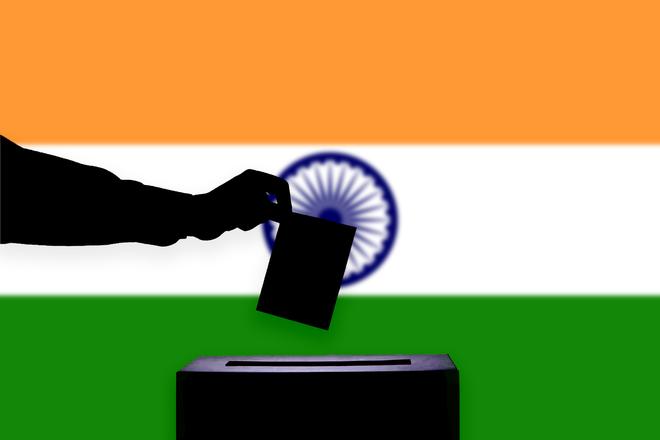
In many developed countries, the right to vote was first given to men who owned property. It took decades of struggle for working class men to get the right; women, even later. In 1851, American abolitionist and women’s rights activist Sojourner Truth asked bluntly: “Look at me! Look at my arm! I have ploughed and planted, and gathered into barns, and no man could head me! And ain’t I a woman?” But American women had to wait for the vote for seven more decades.
Lobbying for suffrage
Historian Sumita Mukherjee shows that Indian women worked with British feminists to lobby for suffrage. In British India, Indian men who owned property first got the right to vote in 1919. Even by 1930, when all the British-ruled provinces had extended the franchise to women, the same property restrictions applied; this meant that less than one per cent of adult Indian women could vote. Thus in British India, electoral institutions coopted ruling elites only to strengthen the colonial state.
In 1947, when India became independent from British colonial rule, its literacy rate was less than 20%, and women’s literacy less than 10%. And yet, in a breathtaking act of democratic faith, every adult person in newly independent India had the right to vote.
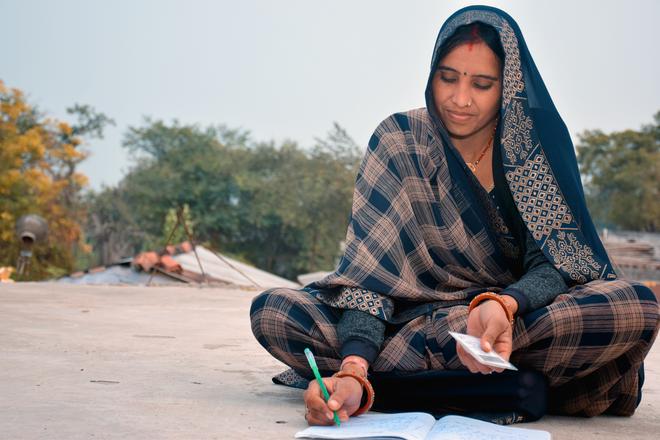
In her book, How India Became Democratic (2017), historian Ornit Shani documents that preparation for the nation’s first electoral rolls began in November 1947. Led by the Constituent Assembly Secretariat, the process continued over two years, during the fallout of Partition and the integration of princely states. It continued even as India’s Constitution was being drafted. This process would extend the franchise to over 173 million people, or 49% of the total population.
Shani describes how ordinary people entered the electoral process of the nation, grounding the understanding of equality, electoral democracy, and universal adult franchise before the Constitution came into force: “Doing so was India’s stark act of decolonisation.”
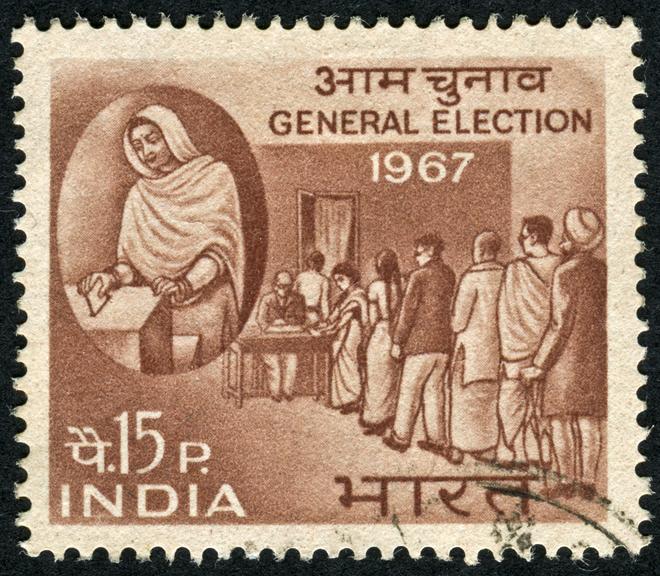
Staggering numbers
In his essay, ‘The Unsung Organiser of India’s First Election: Sukumar Sen’, former Chief Election Commissioner S.Y. Quraishi describes how India’s first CEC Sukumar Sen applied a systematic approach.
Polling stations had to be identified and polling officers trained. Candidates had to be given symbols that voters, 85% illiterate, could comprehend easily. Ballot papers were printed at the Government Press in Nasik. Indian scientists developed an indelible ink to ensure that no one voted more than once. Nearly 4 lakh phials were produced and despatched.
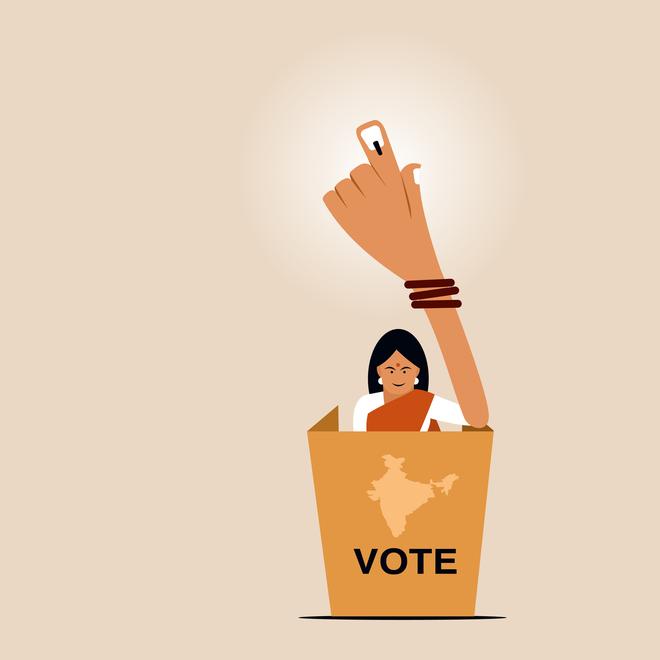
Many women from conservative families were registered as someone’s wife or daughter or mother. Sen did not permit this practice. This led to the deletion of 2.8 million women’s names from the lists; but he was convinced that this was the only way the next revision would see these women voters being included under their own names.
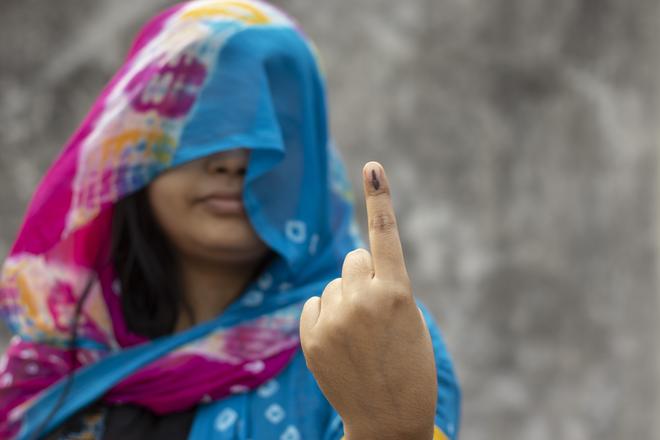
In his 2002 essay, ‘The Biggest Gamble in History’, historian Ramachandra Guha lists what was at stake: “4,500 seats — about 500 for Parliament, the rest for the provincial assemblies. Two lakh twenty four thousand polling booths had to be constructed, and equipped with about two million steel ballot boxes. For the making of these boxes 8,200 tonnes of steel was required. Sixteen thousand five hundred clerks were appointed on six-month contracts for typing and collating the electoral rolls, constituency-wise. About 380,000 reams of paper were used for printing the rolls. Fifty-six thousand presiding officers were chosen to supervise the voting, these aided by another 280,000, so to say, ‘lesser’ staff. Two lakh twenty four thousand policemen were put on duty to stop violence and intimidation. The elections and the electorate were spread out over an area of more than a million square miles.”
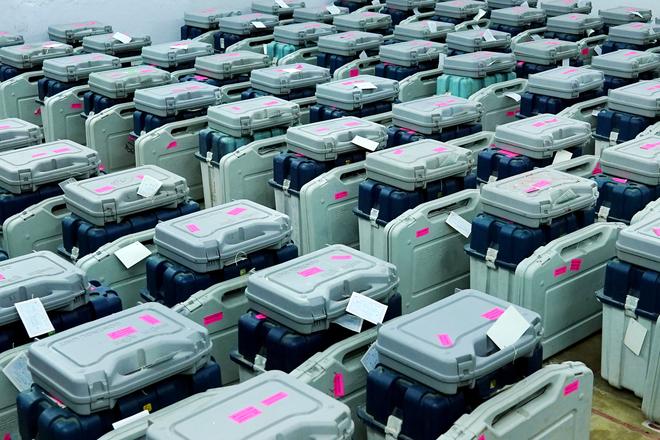
The first poll
After Independence, India’s first elections took place from October 25, 1951, to February 21, 1952, and involved over 173 million registered voters, of whom 106 million exercised their newly acquired voting right. In 2024, India has nearly a billion voters. As elections to the 18th Lok Sabha are under way, recent books reflect Indians’ enduring interest in the electoral process. For the argumentative Indian deeply interested in talking about elections, polls give more to talk about. Like cricket, election forecasting is a game of uncertainties. Exit pollster Pradeep Gupta notes in Who Gets Elected: How and Why (2023) that “Election forecasting is a bit like cricket… each ball is a new one.” In The Online Effect: Decoding X to Predict Election Outcomes (2024), Sanjeev Singh looks at social media engagement of leaders and parties. And in How We Vote: the Factors that Influence Voters (2024) economist Surjit Bhalla and Abhinav Motheram note that Indian voters know what they are doing: “Preferences, especially political preferences, are sometimes moral, sometimes pragmatic and often instinctive and straight from the gut. But that does not mean the individuals making the choices have not thought through the arguments.”After Independence, India’s first elections took place from October 25, 1951, to February 21, 1952, and involved over 173 million registered voters, of whom 106 million exercised their newly acquired voting right. In 2024, India has nearly a billion voters. As elections to the 18th Lok Sabha are underway, recent books reflect Indians’ enduring interest in the electoral process. For the argumentative Indian deeply interested in talking about elections, polls give more to talk about. Like cricket, election forecasting is a game of uncertainties. Exit pollster Pradeep Gupta notes in Who Gets Elected: How and Why (2023) that “Election forecasting is a bit like cricket… each ball is a new one.” In The Online Effect: Decoding X to Predict Election Outcomes (2024), Sanjeev Singh looks at social media engagement of leaders and parties. And in How We Vote: The Factors that Influence Voters (2024) economist Surjit Bhalla and Abhinav Motheram note that Indian voters know what they are doing: “Preferences, especially political preferences, are sometimes moral, sometimes pragmatic and often instinctive and straight from the gut. But that does not mean the individuals making the choices have not thought through the arguments.”
The writer is a civil servant.







